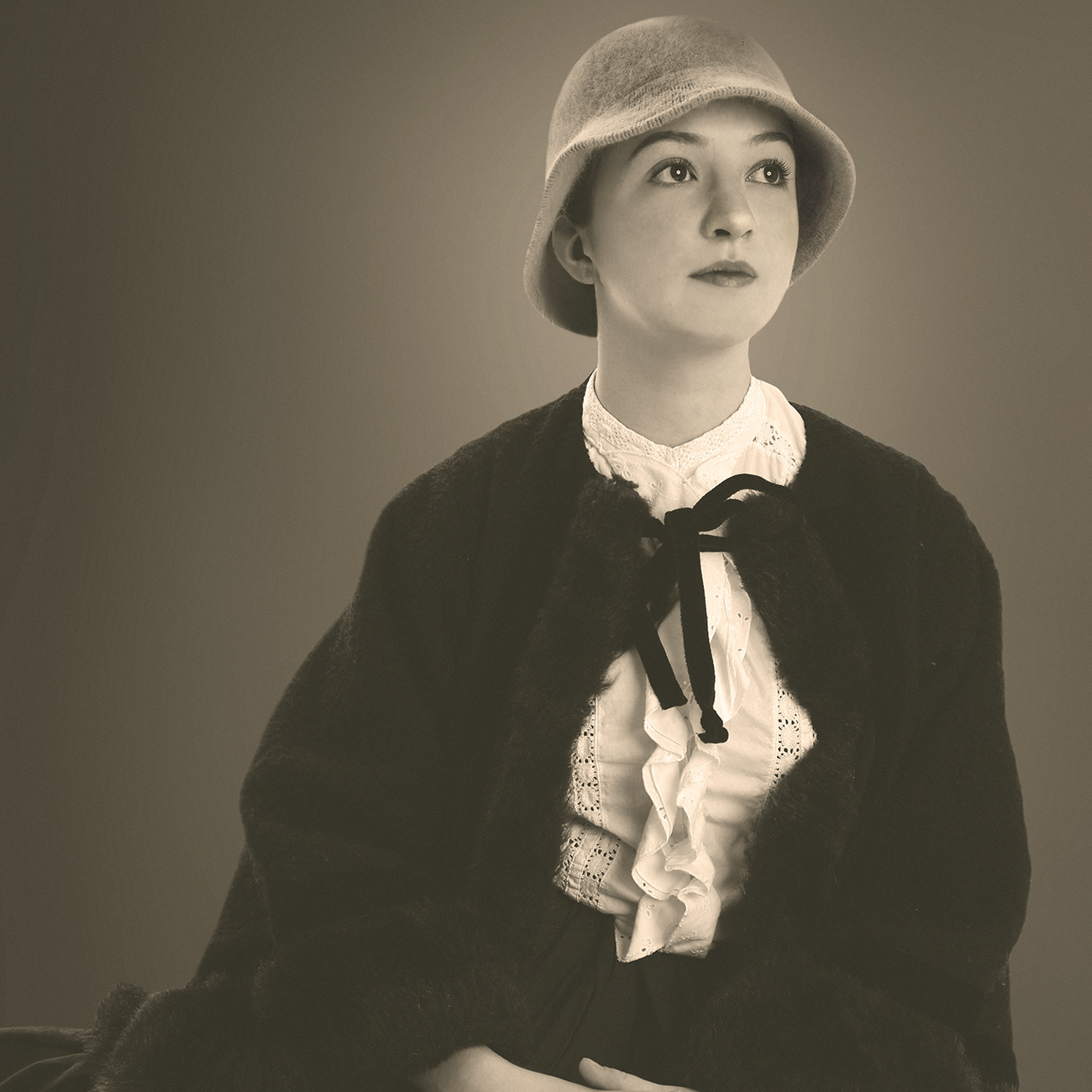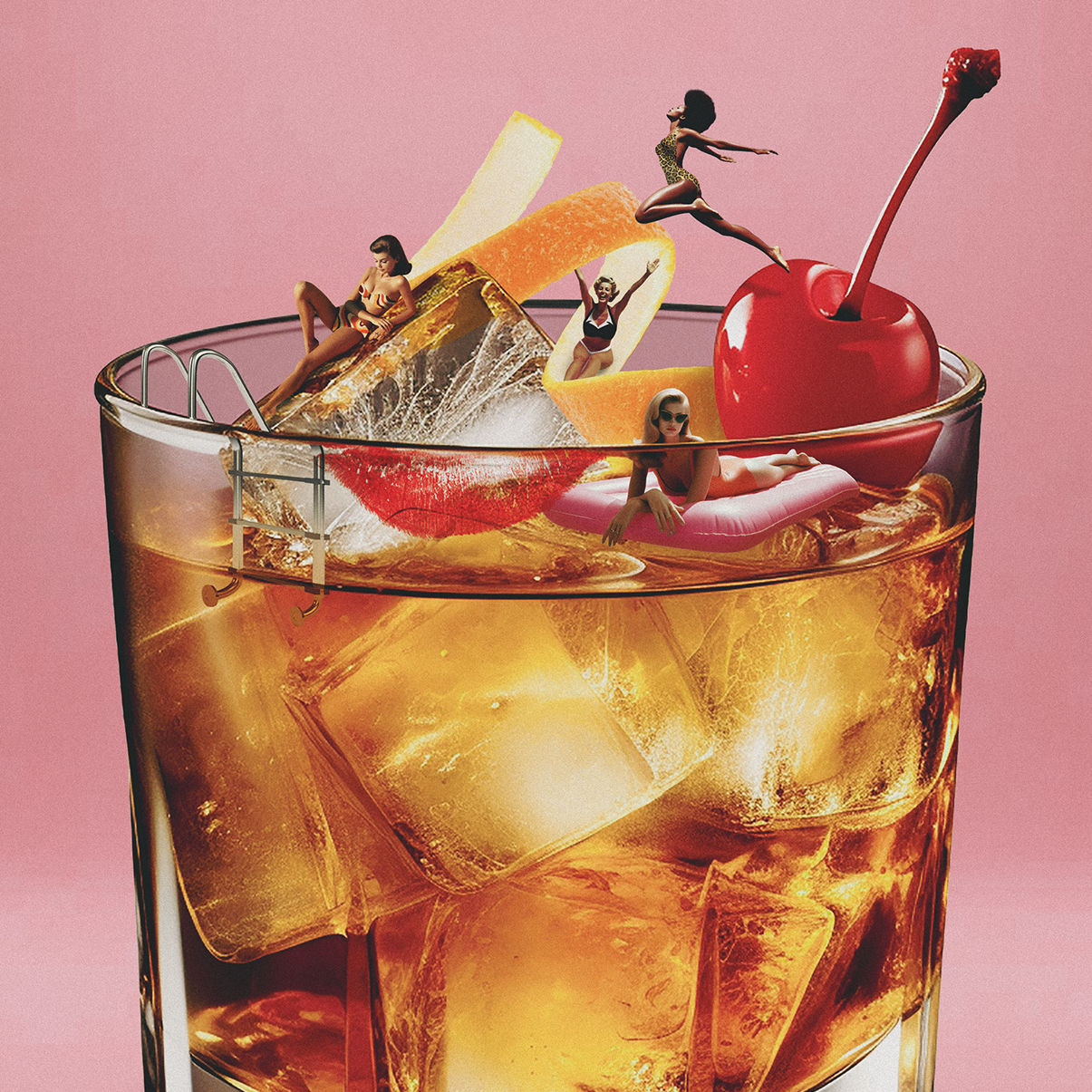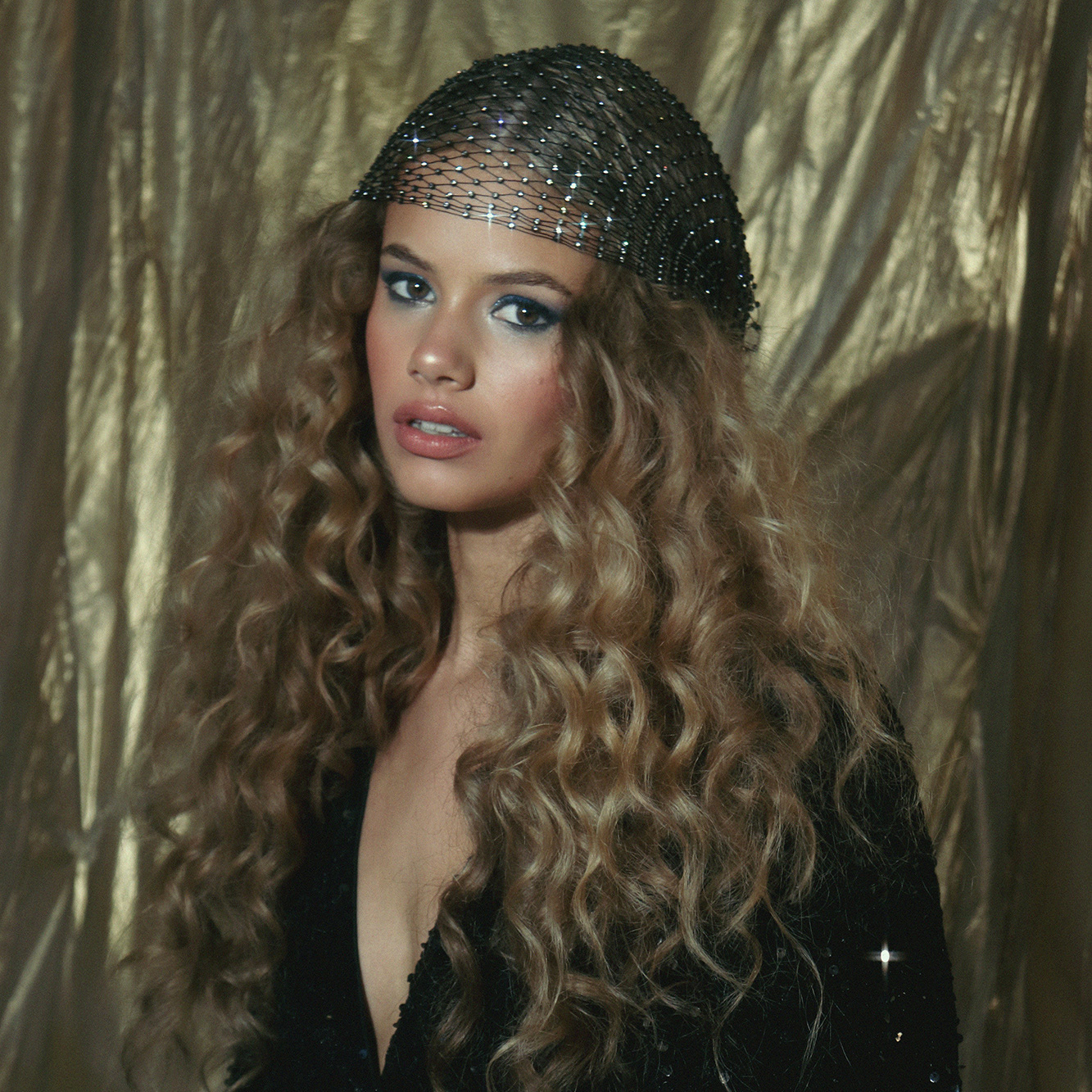The Fridge Directive is a two-part book that demonstrates how simple considerations like chance methods and the everyday can encourage creatives to produce well-executed works with minimal forethought.
![Image Courtesy of Liv Hedges [Digital Photograph].](https://cdn.myportfolio.com/41f49a56-b187-495c-bd14-37ddeac5b4f2/f860f92d-7c8b-4a1a-9974-bb7b7d479736_rw_1920.png?h=32cf34d2b7efc7ba13647c5128db3d92)
Image Courtesy of Liv Hedges [Digital Photograph].
![Image Courtesy of Liv Hedges [Digital Photograph].](https://cdn.myportfolio.com/41f49a56-b187-495c-bd14-37ddeac5b4f2/0815efd7-6628-4a90-bfbe-b009e51b04a3_rw_1920.png?h=9ffe47f176d0b7a5b007fbd876601e1f)
Image Courtesy of Liv Hedges [Digital Photograph].
![Image Courtesy of Liv Hedges [Digital Photograph].](https://cdn.myportfolio.com/41f49a56-b187-495c-bd14-37ddeac5b4f2/c6b85a1c-5784-423b-b71e-65020ad7509d_rw_1920.png?h=c4a8909efb27b873f64f79a569d3c465)
Image Courtesy of Liv Hedges [Digital Photograph].
![Image Courtesy of Liv Hedges [Digital Photograph].](https://cdn.myportfolio.com/41f49a56-b187-495c-bd14-37ddeac5b4f2/48a4114d-e219-448e-b9e6-07168d1f55d3_rw_1920.png?h=1c1d21f570ff2f586b43a75733c79644)
Image Courtesy of Liv Hedges [Digital Photograph].
![Image Courtesy of Liv Hedges [Digital Photograph].](https://cdn.myportfolio.com/41f49a56-b187-495c-bd14-37ddeac5b4f2/e3ed0d6d-3914-4694-b15c-2087d640fe6c_rw_1920.png?h=28fece56b870788302392f0185854c80)
Image Courtesy of Liv Hedges [Digital Photograph].
![Image Courtesy of Liv Hedges [Digital Photograph].](https://cdn.myportfolio.com/41f49a56-b187-495c-bd14-37ddeac5b4f2/c6946051-98a8-4c75-9c4c-45233a5978be_rw_1920.png?h=e9bb67315af66e50bf80d102a8bfcc5c)
Image Courtesy of Liv Hedges [Digital Photograph].
![Image Courtesy of Liv Hedges [Digital Photograph].](https://cdn.myportfolio.com/41f49a56-b187-495c-bd14-37ddeac5b4f2/5ee307e1-4081-4460-9c91-d7aea7f11b68_rw_1920.png?h=479c18486f9e48d2a2946531b9232375)
Image Courtesy of Liv Hedges [Digital Photograph].
![Image Courtesy of Liv Hedges [Digital Photograph].](https://cdn.myportfolio.com/41f49a56-b187-495c-bd14-37ddeac5b4f2/d4645000-7b9e-4a08-8885-2190480f6bef_rw_1920.png?h=5f2b025c6b25baa7fe1f069531e5f4e3)
Image Courtesy of Liv Hedges [Digital Photograph].
Based on the refrigerator, the first element of this book explores a photographic series that documents the manipulation of food leftovers, based on instructions created by randomly selecting word magnets found on the fridge door. All eight items have been assigned their own chapter, titled after the words that were used to distort them, containing a spread exhibiting the product in its previous and current state.
The latter part of the book experiments with poetry, suggesting an alternative art form that these magnets could guide. Addressing the previously selected words as the centre point of each line, a poem was constructed around these that used the remaining magnets to fill in the gaps. The poem is seen to flow throughout the book, including the chapter headings within the narrative as it meets them along the way.
![Image Courtesy of Liv Hedges [Digital Photograph].](https://cdn.myportfolio.com/41f49a56-b187-495c-bd14-37ddeac5b4f2/7e97df91-b3f6-4c23-9e70-78c140f9c8f6_rw_1920.png?h=1d4d3f4fc2159a53b34e64a6195b0bc2)
Image Courtesy of Liv Hedges [Digital Photograph].
![Image Courtesy of Liv Hedges [Digital Photograph].](https://cdn.myportfolio.com/41f49a56-b187-495c-bd14-37ddeac5b4f2/1068319f-9ab1-47bc-a46e-ccfbb616b123_rw_1920.png?h=d6867876bc1d0193927e06f7b694c97e)
Image Courtesy of Liv Hedges [Digital Photograph].
![Image Courtesy of Liv Hedges [Digital Photograph].](https://cdn.myportfolio.com/41f49a56-b187-495c-bd14-37ddeac5b4f2/02da1be8-8c19-4b0c-ab9f-8fd64b0dc15c_rw_1920.png?h=5d3b652694979ff7f482a2546b55b597)
Image Courtesy of Liv Hedges [Digital Photograph].
![Image Courtesy of Liv Hedges [Digital Photograph].](https://cdn.myportfolio.com/41f49a56-b187-495c-bd14-37ddeac5b4f2/9a30d3b7-60db-444f-bd8b-fc5db3fbc340_rw_1920.png?h=e9f14004864725efc07a426aa36a414e)
Image Courtesy of Liv Hedges [Digital Photograph].
![Image Courtesy of Liv Hedges [Digital Photograph].](https://cdn.myportfolio.com/41f49a56-b187-495c-bd14-37ddeac5b4f2/b6a9a78f-a09e-4858-9ca6-53a58b38d214_rw_1920.png?h=3f401476e797ad3e3fb5a3ddd594c66d)
Image Courtesy of Liv Hedges [Digital Photograph].
![Image Courtesy of Liv Hedges [Digital Photograph].](https://cdn.myportfolio.com/41f49a56-b187-495c-bd14-37ddeac5b4f2/76c6c42d-2e76-4e85-871e-47c1bb83d33c_rw_1920.png?h=749f196ea87e8fbe68db783b46eab495)
Image Courtesy of Liv Hedges [Digital Photograph].
![Image Courtesy of Liv Hedges [Digital Photograph].](https://cdn.myportfolio.com/41f49a56-b187-495c-bd14-37ddeac5b4f2/796b9e1e-1cff-4047-899d-55ea5a6f2d47_rw_1920.png?h=43abe2edc5b46ddf4cf45559f3acffba)
Image Courtesy of Liv Hedges [Digital Photograph].
![Image Courtesy of Liv Hedges [Digital Photograph].](https://cdn.myportfolio.com/41f49a56-b187-495c-bd14-37ddeac5b4f2/5fb5d292-ea9b-4ef8-bbb9-31323da9b53a_rw_1920.png?h=489f033c672159fdc628ea6428046f01)
Image Courtesy of Liv Hedges [Digital Photograph].
Inspired by the incoherent and multi-disciplinary nature of Yoko Ono’s work, the book's absence of connectivity yet occasional crossovers between themes, provide the reader with three approaches to viewing; they can confront the concepts separately or intertwine the two.
Contained in a box, referencing the work of George Brecht, that takes on the internal and external aesthetic of a fridge‐freezer, the “book” is presented as an interactive collection. The fridge compartment is designed to accommodate the book, itself, whilst a set of magnets are located in freezer‐style draws, to encourage the reader to undertake their own personal process.
![Image Courtesy of Liv Hedges [Digital Illustration].](https://cdn.myportfolio.com/41f49a56-b187-495c-bd14-37ddeac5b4f2/9a7758ab-e9e0-4a30-8580-606b361e8592_rw_1920.png?h=73cd748686113b018055c2c4611a4e12)
Image Courtesy of Liv Hedges [Digital Illustration].
![Image Courtesy of Liv Hedges [Digital Illustration].](https://cdn.myportfolio.com/41f49a56-b187-495c-bd14-37ddeac5b4f2/7824c140-ef22-418d-80fa-68341aedc0c2_rw_1920.png?h=4e728a7daa21d26f6c5bda86c1d2c20f)
Image Courtesy of Liv Hedges [Digital Illustration].
![Image Courtesy of Liv Hedges [Digital Illustration].](https://cdn.myportfolio.com/41f49a56-b187-495c-bd14-37ddeac5b4f2/9a4c8869-7e44-4504-b597-61eab27db0f9_rw_1920.png?h=1c4989c5c61218b768725aa431809756)
Image Courtesy of Liv Hedges [Digital Illustration].
![Image Courtesy of Liv Hedges [Digital Illustration].](https://cdn.myportfolio.com/41f49a56-b187-495c-bd14-37ddeac5b4f2/22d08d47-382d-4acd-a5f2-900aa63acbec_rw_1920.png?h=168adbfa151697977d8b127c71092e81)










